Beloved of Northern Europeans escaping to the sun, this group of islands is a popular package tour destination. However, the Canary Islands are also a superb solo travel destination, even if this is your first solo holiday.
But what are they like to visit alone and which is the best Canary Island for solo travellers?
As I have visited most of the larger islands, this is where I can help you. Get the honest lowdown in my Canary Islands solo travel guide.
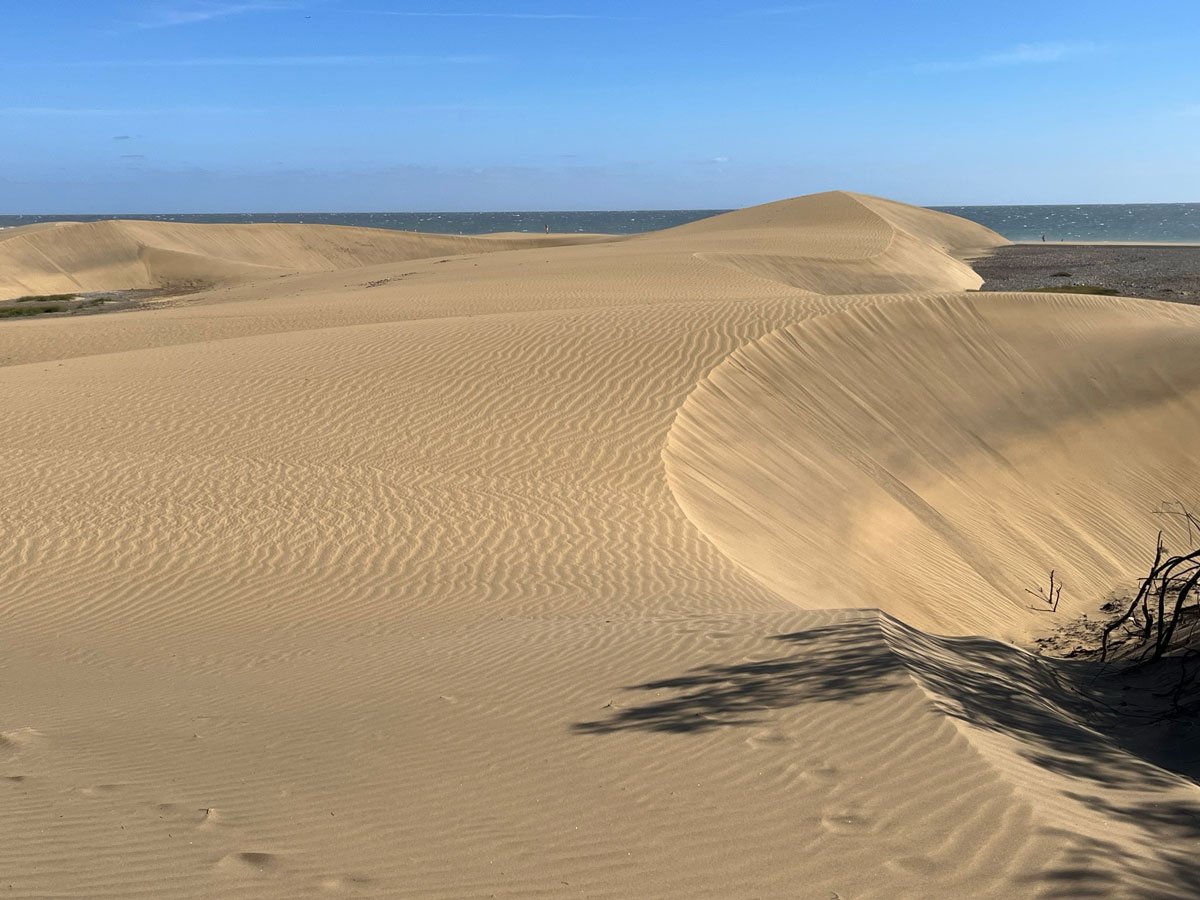
Some articles on this website contain affiliate links. This means that I may earn a small commission if you make a purchase through these links. As an Amazon Associate, I earn from qualifying purchases. Read the full disclosure here.
TOP PICKS: BEST CANARY ISLAND FOR SOLO TRAVELLERS
In a rush and want to know which is the best Canary Island for a solo traveller? Let’s cut to the chase.
#1 GRAN CANARIA
A dramatically beautiful island, famous for its marked contrasts. from beaches surrounded by dunes to mountain peaks and ravines. Solo culture vultures will love Las Palmas de Gran Canaria, its lovely capital.
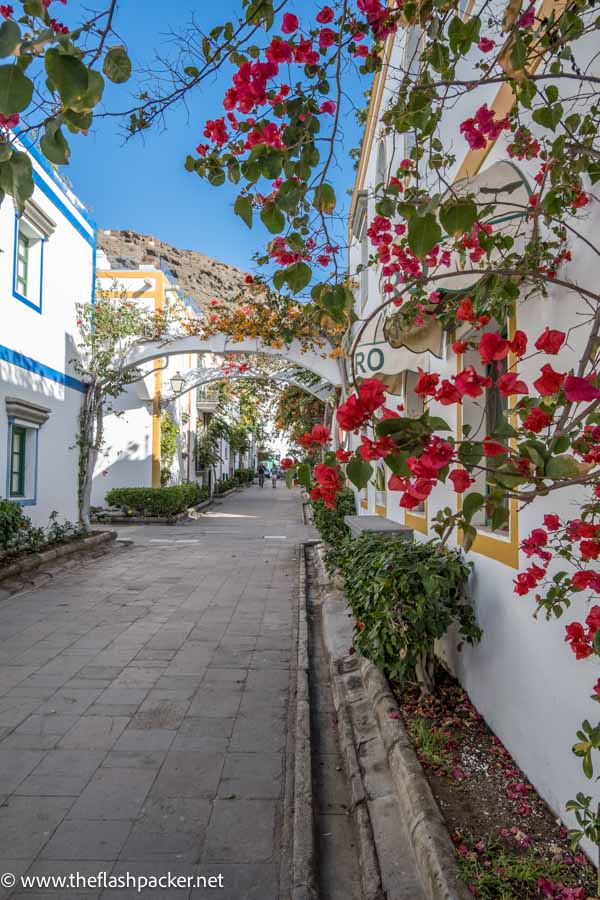
#2 TENERIFE
A vast array of landscapes and activities, particularly suited for solo hikers. Santa Cruz de Tenerife will provide a cultural fix whilst night owls can hit the bar and restaurants of the island’s lively resorts.
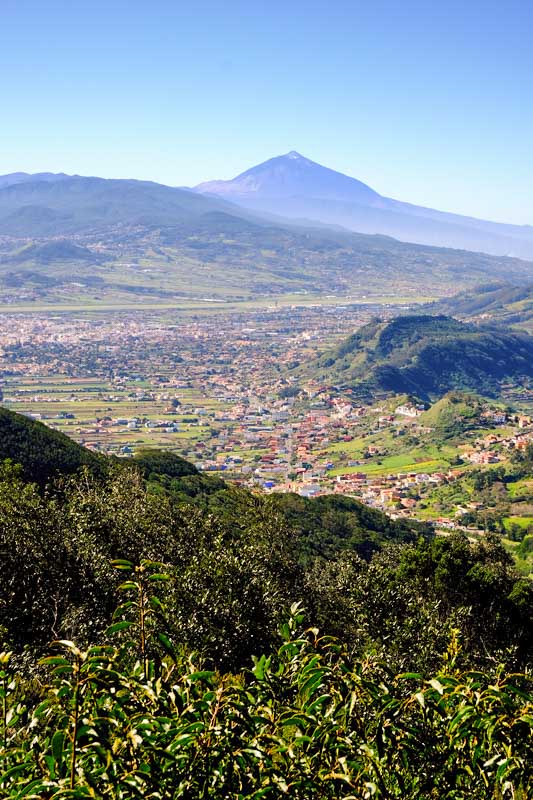
#3 LANZAROTE
An unforgettable, otherworldly landscape, formed by a series of volcanic eruptions, covers a swathe of Lanzarote. You can go wine tasting and visit vineyards and it’s home to the avant-garde architecture of César Manrique.
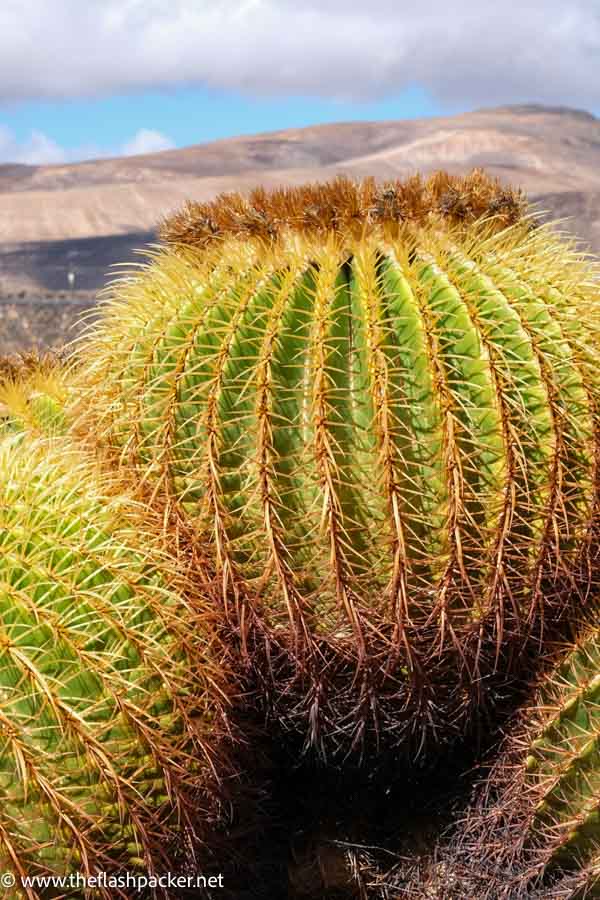
What Are the Canary Islands?
The Canary Islands (Islas Canarias in Spanish) form an archipelago in the Atlantic Ocean lying between Spain and North Africa. They are also known simply as the Canaries.
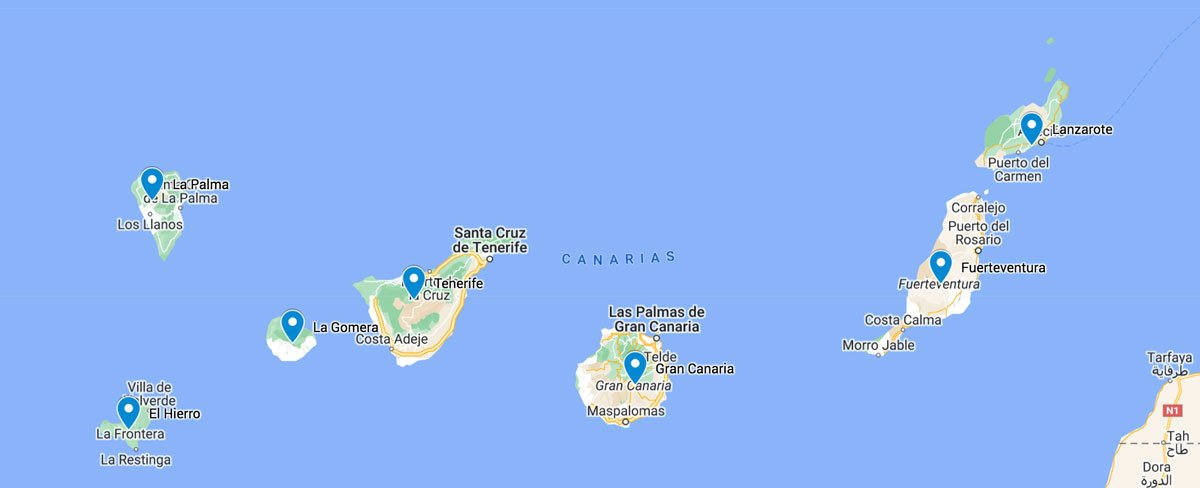
The seven main islands, from largest to smallest in area, are as follows:
- Tenerife
- Fuerteventura
- Gran Canaria
- Lanzarote
- La Palma
- La Gomera
- El Hierro
There are also numerous smaller islands and islets in the archipelago.
Are the Canary Islands Good for Solo Travel?
Spain is one of the best global destinations for solo travellers and the Canary Islands are no exception. They are safe, affordable and offer activities to suit every type of solo traveller.
- Friendly and welcoming – Spanish hospitality and warmth and is renowned. The Canary Islands are friendly and welcoming destinations, so meeting new people as a single traveller is relatively easy.
- Abundant accommodation – As these are popular package tour destinations, there are places to stay to suit every budget.
- Affordable – The popularity of the Canary Islands helps keep prices real making them affordable for a solo traveller.
- Vibrant social scene – There is a vibrant social scene in the livelier resorts on the Canaries, offering the restaurants and bars that you might expect. But if that’s not for you, there are quieter destinations.
- Diverse landscapes – The Canary Islands have landscapes to suit every solo traveller, from the ancient laurel forests of Tenerife to Lanzarote’s volcanic terrain.
- Warm climate – These islands enjoy a mild climate throughout the year, ideal for solo travellers looking to escape harsh winters or scorching summers.
Are the Canary Islands Safe to Travel Alone?
The Canary Islands are generally a safe destination for women travelling alone. Although serious crime is rare, in common with most tourist destinations, petty theft can occur.
Don’t make yourself a target.
Remain vigilant for nimble-fingered pickpockets in crowded areas. Keep your belongings safe.
Lock away your valuables at your accommodation and use an anti-theft backpack when you are out and about. I use this PacSafe backpack which has anti-RFID technology and a hidden pocket.
READ THIS NEXT: 17 Essential Safety Tips for Travelling Alone

Is it Easy to Travel Around the Canary Islands?
The most convenient and flexible way of exploring the Canary Islands is by car. However, this can be expensive and is not for everyone.
Hiring a car certainly isn’t for me and I used public transport to get around. Thanks to an extensive network and cheap fares, it’s easy to travel around the four largest islands – Tenerife, Fuerteventura, Gran Canaria and Lanzarote – by bus.
READ THESE NEXT:
Canary Islands Solo Travel Guide: The Larger Islands
TENERIFE
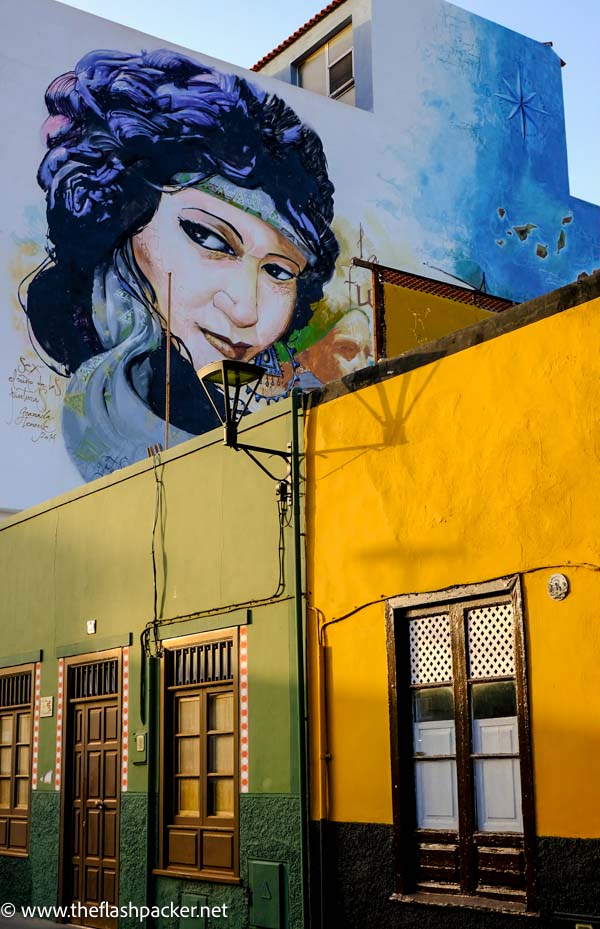
Solo travel in Tenerife was the first Canary Island I visited as a solo traveller.
With just 7 days in Tenerife, you can easily hit its highlights, from the colonial charm of La Orotava and the cultural attractions of Santa Cruz and the peak of Spain’s highest mountain.
READ THIS NEXT: Tenerife Solo Travel: The Ultimate Guide
Highlights of Tenerife
You can visit all of these places using public transport or on an inexpensive day tour.
- Puerto de la Cruz– one of the few resorts on the island that has retained its colonial charm and a fabulous base for exploring the north of Tenerife.
- Mount Teide – hike or take a cable car up Mount Teide for a quintessential Tenerife experience.
- Santa Cruz de Tenerife – the island’s cultural beating heart with a number of good museums and some striking architecture.
- La Laguna – a gorgeous colonial town that is another important cultural hub on the island
- La Orotava – famous for the Casas de Los Balcones, a concentration of the finest traditional wooden balconies on the island.
- Icod de Los Vinos – visit this small town to see Drago Milenario, the largest dragon tree on the island.
- Garachico – gorgeous Garachico is known for its historic town centre and its natural rock bathing pools.
- Anaga Forest – hiking in this primaeval laurel forest was the highlight of my solo holiday in Tenerife.
READ THESE NEXT:
FUERTEVENTURA
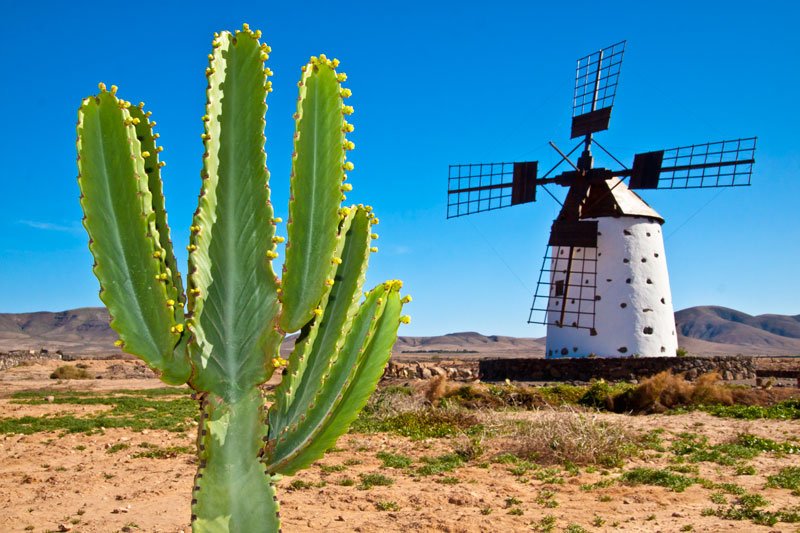
The clue is in the name. This is formed by the Spanish words for “strong” (fuerte) and “fortune” (ventura) and refers to the strong winds around the island and the danger they posed to seafarers of old.
Let’s just say that Fuerteventura is a superb destination for windsurfing.
Although the second-largest Canary Island, Fuerteventura is one of the least populous. In contrast to Tenerife and Gran Canaria, it is also rather flat.
But visitors don’t come to Fuerteventura for its peaks and valleys. The island’s dunes and miles of sandy beaches- possibly the best in the Canary Islands – draw the crowds.
Highlights of Fuerteventura
- Water sports – Fuerteventura is a Mecca for surfers, windsurfers and water skiers. You have those brisk breezes to thank.
- Corralejo Natural Park – feel like you are in Africa by strolling amongst the rolling dunes of Corralejo.
- Take a day trip to Isla de Lobos – the tiny car-free Lobos Island in 15 minutes by boat from Corralejo.
- Betancuria – former capital of Fuerteventura.
- La Olivia – for the island’s iconic windmills and Casa de los Coroneles.
GRAN CANARIA
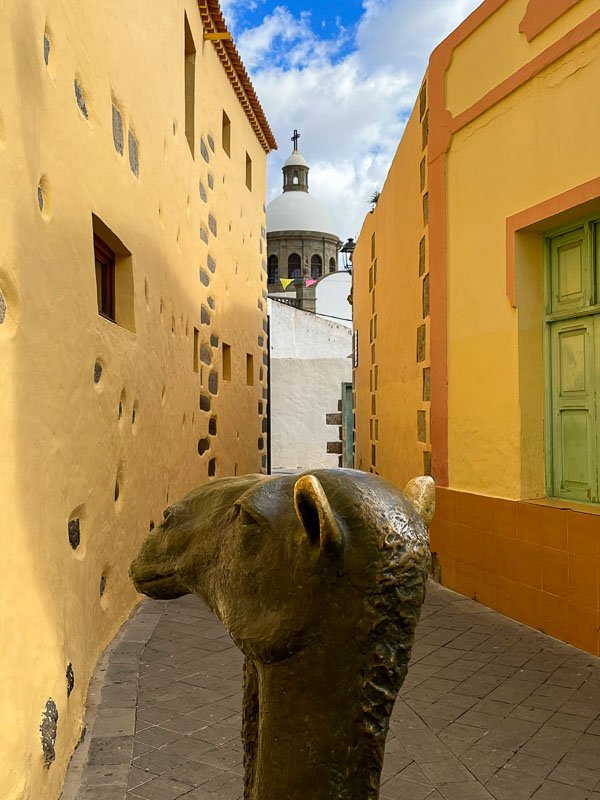
Gran Canaria is my favourite Canary Island as a solo traveller.
It pretty much has the lot. Sandy beaches and magnificent sand dunes; a vibrant and charming capital; gorgeous colonial towns; magnificent landscapes across which to ramble. There’s even a rum distillery.
Thanks to the sheer diversity of activities and landscapes, in my view Gran Canaria is the best Canary Island for solo travellers.
READ THIS NEXT: Gran Canaria Solo Travel: Itinerary & Essential Guide
Highlights of Gran Canaria
- Las Palmas de Gran Canaria – Vegueta, the colonial part of the island’s capital, is crammed with historic attractions and there’s a superb beach in town.
- Puerto de Mogán – Gran Canaria’s sunniest and most picturesque resort is a solo shutterbug’s dream destination.
- Maspalomas Sand Dunes – to indulge those Lawrence of Arabia fantasies.
- Arucas – slurp the good stuff at the Arehucas Rum Distillery, visit a show-stopping church and relax in its botanical garden
- Agüimes – a perfectly preserved old town with artisans’ workshops, a sculpture trail and epic landscapes.
- Teror – a colonial mountain town that is home to the most important religious site for Canarians, the Basílica de Nuestra Señora del Pino.
- Tejeda – one of Gran Canaria’s prettiest mountain villages, famous for its almond trees and close to Roque Nublo and Pico de las Nieve.
READ THESE NEXT:
LANZAROTE
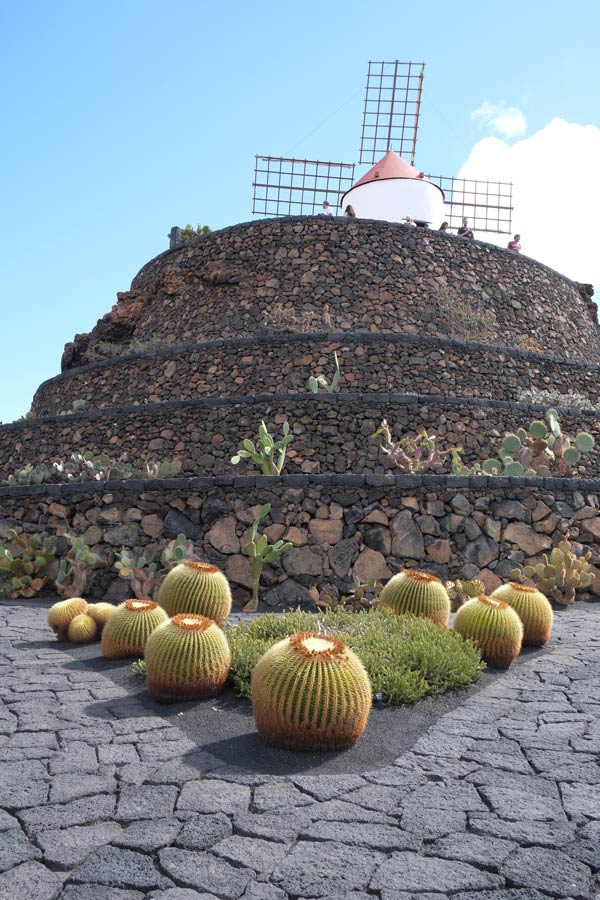
Escape to a landscape that appears out of this world by travelling alone to Lanzarote.
Much of this volcanic island is blanketed in cindery malpais (badlands). Although many of its smaller beaches are formed from coarse volcanic soil, its resort towns have large stretches of golden sand.
Solo travellers who love modern art and architecture are in for a treat. César Manrique has left his stamp on the island with his one-of-a-kind buildings and gardens.
And if you are a wine lover, you’ve chosen the right Canary Island. Lanzarote has the most unique vineyards in the world.
READ THIS NEXT: Lanzarote Solo Travel: The Ultimate Guide
Highlights of Lanzarote
- Timanfaya National Park – sculpted by six years of near-continuous volcanic eruptions this UNESCO-listed national park is a must-see.
- The wonderful world of César Manrique – explore his life and legacy at Fundación César Manrique, Jardín de Cactus and Jameos del Agua.
- Cueva do Los Verdes – a 5-mile cave network featuring interior lagoons and galleries.
- Teguise – the first colonial capital in the world.
- Arrecife – Lanzarote’s capital which is the best transportation hub on the island and has an excellent beach.
- Yaiza – taking the crown for the prettiest village on the island, this is a solo photographer’s dream.
- Famara Beach – my favourite beach in Lanzarote, popular with surfers and yoga lovers.
- La Geria – discover more about wine production on the island on a tour of Lanzarote’s vineyards.
READ THESE NEXT:
Canary Islands Solo Travel Guide: The Smaller Islands
LA PALMA
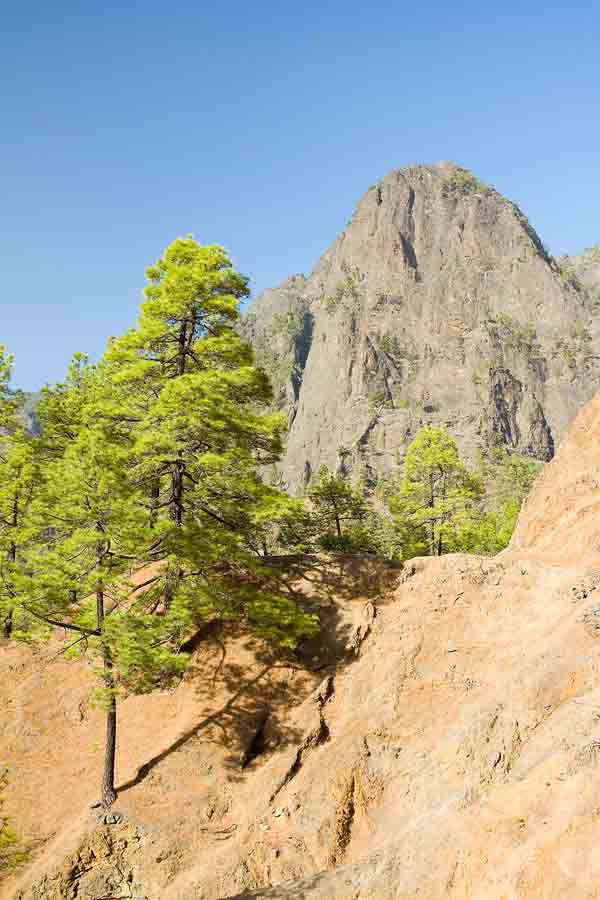
Also known as San Miguel de la Palma, this is the most north-westerly Canary Island.
It’s easy to see why La Palma has been dubbed La Isla Bonita.
Its volcanic spine is enveloped by lush banana plantations, orchards and forests. But its most extraordinary natural feature is the massive horseshoe-shaped rock known as the Caldera de Taburiente.
However, if you are a solo traveller in search of a sandy beach, this is not the best Canary Island for you. The flip side is that the island’s often forbidding coastline with small black-sand beaches has insulated it from the march of mass tourism.
LA GOMERA
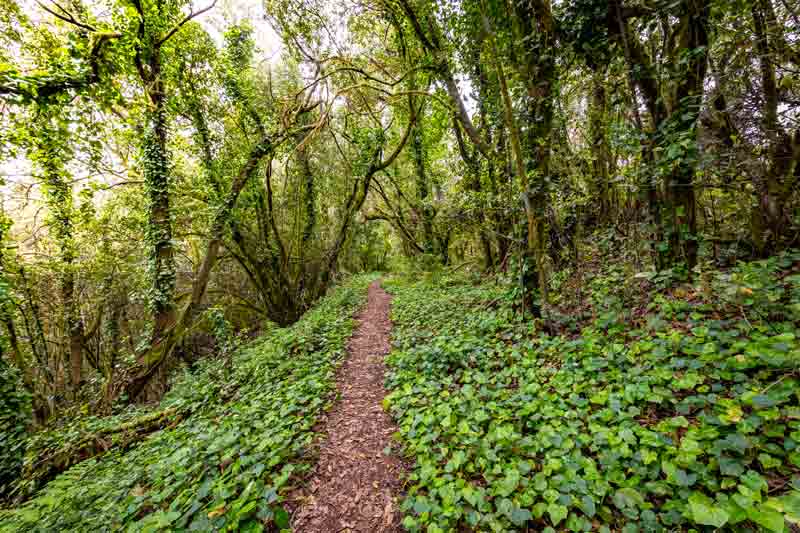
Called Isla Redonda (Round Island) by the Canarians, La Gomera is a popular day trip from Tenerife.
La Gomera is more used to independent travellers than its larger neighbours and has a good bus service and plentiful accommodation for its size.
Signposted walking trails lace the island. The island’s number-one attraction is Parque Nacional de Garajonay, La Gomera’s UNESCO-listed ancient laurel forest.
Again, beaches are of the small, black, pebbly variety.
EL HIERRO
Known to the locals as La Isla Chiquita (The Little Island), El Hierro is as far removed from the stereotypical image of the Canary Islands as you can get.
Relatively untouched by tourism, this is the least developed and most remote of the Canary Islands and is perfect for the solo traveller wanting to get away from it all. Thanks to its underwater landscapes, this is also a popular spot for diving enthusiasts.
Whilst El Hierro has few beaches, it does have idyllic natural pools, the most famous of which is Charco Azul.
And That’s a Wrap!
I hope that this review has helped to persuade you that the Canary Islands are not the sole preserve of families heading off on package holidays to the sun. They offer so much more than sun-and-sangria beach flops.
Whether you choose to hike in the Anaga Forest of Tenerife, explore the magical world of César Manrique or take in the cultural attractions of Las Palmas de Gran Canaria, I hope that your Canary Islands solo travel will be as rewarding as mine has been.

About Bridget
Bridget Coleman has been a passionate traveller for more than 30 years. She has visited 70+ countries, most as a solo traveller.
Articles on this site reflect her first-hand experiences.
To get in touch, email her at hello@theflashpacker.net or follow her on social media.
